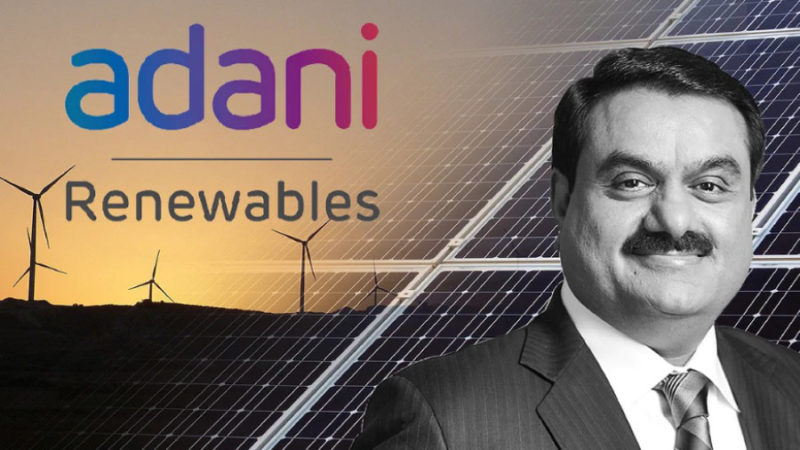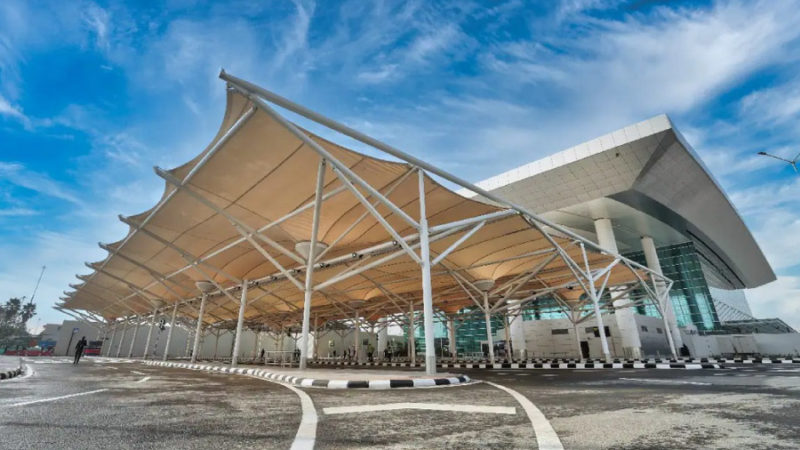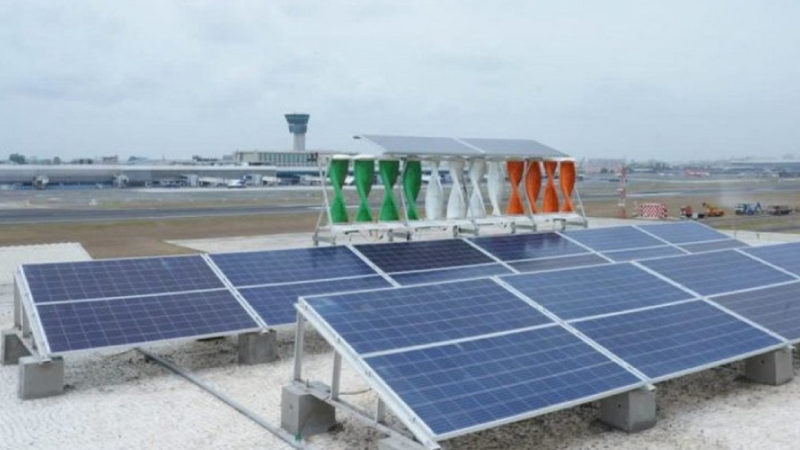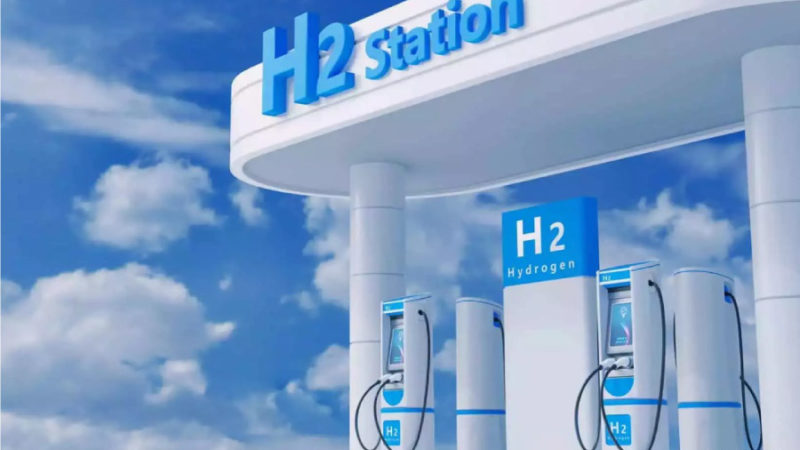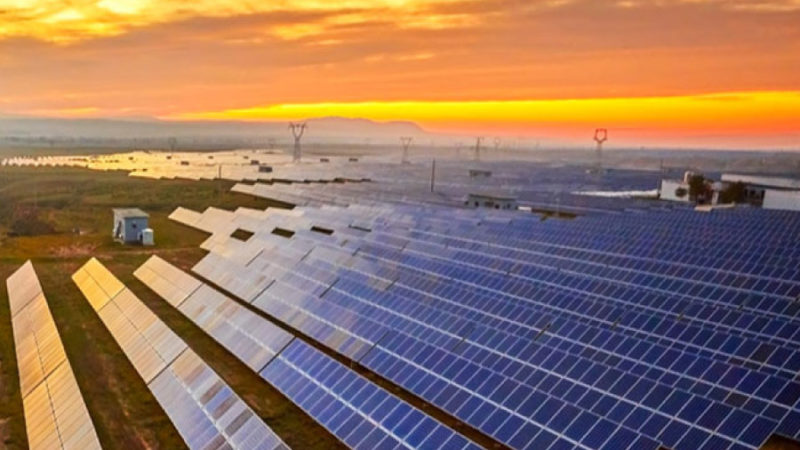Positive growth of power demand in FY22 but negative outlook for the distribution: ICRA
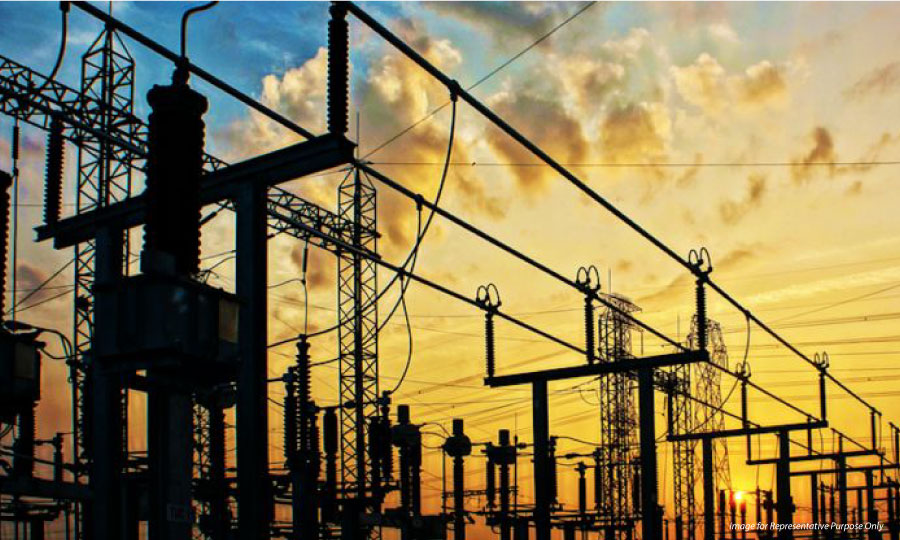
ICRA, predicts demand for power in India to grow by 6 percent and power generation capacity addition of 17-18 GW in FY 2021-22…
According to a report from rating agency ICRA, demand for electricity in India is expected to grow by 6 percent in 2021-22 over the previous fiscal year. Furthermore, the rating firm estimates that power generation capacity addition for the current fiscal year will be between 17-18 GW.
According to the statement from ICRA Ratings, the all-India electricity demand is estimated to grow at 6.0 percent (YoY) in FY2022 as a result of the favorable base effect, the relatively lower impact of the second wave, and improvements in vaccination programmes.
State governments imposed lockdowns during the first two months of 2021-22 to control the second wave of COVID-19, which led to a slowdown in electricity demand during those two months.
It noted that, overall, as early as the second half of May 2021, state governments began to ease lockdown restrictions, which resulted in increased electricity demand growth in June 2021, increasing by 3.9 percent month over month. The report adds that any resurgence in infections will generate lockdown restrictions, which represents a key downside risk for demand.
The rating firm added that it expects all-India power generation capacity additions in the year to rebound to 17-18 GW, increasing 45 percent YoY from 12.8 GW in 2020-21. This will be mainly backed by the renewable energy (RE) projects having a strong pipeline of 38 GW projects under development.
“While the demand growth prospects remain favorable, the outlook for the thermal generation segment is negative considering the subdued thermal PLFs (Plant Load Factor), lack of visibility in the signing of new long-term or medium-term PPAs for thermal IPPs, modest tariffs in the short-term power market and continued delays in receiving payments from state distribution utilities,” Girishkumar Kadam, Co-Group Head — Corporate Ratings, Icra, said.
According to Kadam, the thermal PLF should remain low at 57.0 percent in 2021-22 despite improvement from 54.5 percent in 2020-21 spurred by higher electricity demand.
With the realization of large liquidity support payments, certain thermal independent power producers (IPPs) have seen a slight improvement in their liquidity position, however, this remains to be seen given the continued financial challenges facing discoms.
However, the credit profile of the central thermal power utilities will remain supported by the existence of long-term power purchase agreements (PPAs) under the cost-plus tariff structure, and by the strength of being owned by the sovereign state.
RE & Transmission Segment
Additionally, ICRA believes the outlook for the RE segment will remain stable, due to government policy support, increased growth potential, and creditworthy central nodal agencies serving as intermediary procurers.
ICRA pointed out that during the next five years, the RE segment will continue to be the main driver of capacity addition, with a share of more than 60%.
Additionally, transmission segment forecasts are relatively stable given availability-linked payments and timely realizations of payments for interstate projects as the billing and collections are handled by the central transmission utility.
Distribution Segment Outlook
Credit rating for the distribution segment points to a negative outlook, given high operational inefficiencies, a shortage of adequate tariff revisions, federal and state delays in advancing subsidy payments, and delays in getting government electricity dues collected, it added.
It added that the repercussions of COVID-19 on the electricity demand and collections in 2020-21 have further heightened this issue.
According to the report, despite the expected recovery in demand in the current fiscal year, the electricity distribution companies’ finances are expected to be in a precarious position due to lack or improper revisions in tariffs, high losses caused by distribution, and rising subsidies dependence.
According to the report, the median tariff order for 2021-22 for discoms is lower than 1 percent and their subsidy dependence is estimated at Rs. 1.3 lakh crore at the national level for the year.
Despite declining from FY2021, the gap between average supply costs and average tariffs at the all-India level is estimated to remain high at about 70-75 paise per unit, in FY2022. Therefore, discoms losses will remain high, topping Rs 75,000 crore, stated Vikram V, Sector Head – Corporate Ratings at ICRA.
In addition, the total amount of debt that state-owned utilities have on their books at all India levels is projected to surpass Rs 6 lakh crore by 2021-22.
This high level of liabilities (debt plus genco dues) is unsustainable for discoms. Thus, one of the most important things is implementing reforms as quickly as possible in the distribution segment, Vikram noted.
With an overall investment of Rs. 3.03 lakh crore, the government has approved a new scheme for revitalizing the distribution sector that will cover smart metering, building distribution infrastructure, and solarizing agriculture feeders. Nevertheless, it said timely implementation by state governments and discoms remained vital.
According to the report, several privately-owned discoms have a strong credit profile as their operating efficiencies, demographic profile, and the speed with which they pass through cost variations to consumers remain favorable.


